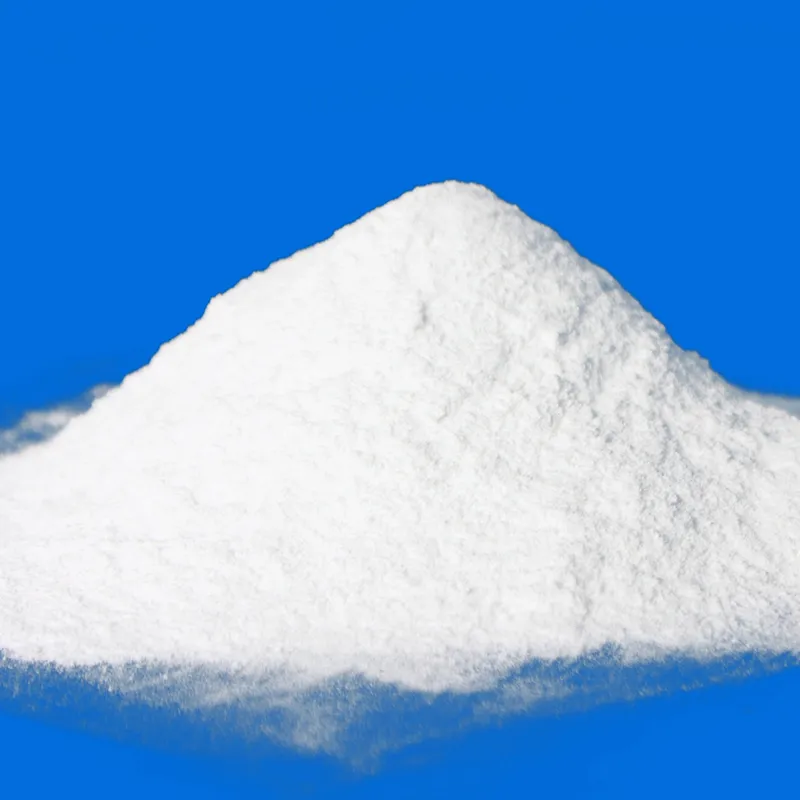
dimethyl disulfide
Dimethyl Disulfide An Overview
Dimethyl disulfide (DMDS) is an organosulfur compound with the chemical formula C2H6S2. This compound is characterized by its two methyl groups attached to a disulfide (S-S) linkage. It is a colorless liquid at room temperature, known for its distinct garlic-like odor. Despite its strong smell, DMDS is widely used in various industrial applications, agricultural practices, and has implications in environmental chemistry.
Production and Properties
DMDS is generally produced through the reaction of methanol with hydrogen sulfide. The process involves the catalytic transformation of sulfur compounds, making it a key player in some chemical manufacturing processes. It has a boiling point of approximately 100 degrees Celsius and is slightly soluble in water, although it dissolves readily in organic solvents. Due to its sulfur content, DMDS can contribute to the formation of unpleasant odors, which can be both a disadvantage and an advantage, depending on its application.
Industrial Applications
One of the primary uses of dimethyl disulfide is in the agricultural sector, particularly as a soil fumigant. It has shown efficacy in controlling various soil-borne pathogens and pests. By applying DMDS to the soil, farmers can enhance soil health, thereby promoting better crop yields. This fungicidal property has made it a valuable tool for sustainable agriculture, particularly in managing diseases like Fusarium and Phytophthora, which can devastate crops.
In addition to agriculture, DMDS is utilized in the synthesis of various sulfur-containing organic compounds. These compounds often serve as intermediates in the production of pharmaceuticals, pesticides, and other chemicals. The versatility of dimethyl disulfide allows it to be a critical component in multipurpose reactions, providing a source of sulfur that is essential in many industrial processes.
dimethyl disulfide

Environmental Impact
While dimethyl disulfide has beneficial applications, concerns regarding its environmental impact have been raised. As a volatile compound, it can be released into the atmosphere during agricultural treatments, potentially contributing to air pollution and affecting human health. Moreover, if not managed properly, DMDS can contaminate water supplies, leading to ecological disturbances.
To mitigate these risks, regulatory agencies oversee its use and guide best practices for handling and application. Farmers and industries are encouraged to adhere to safety guidelines that minimize environmental exposure and ensure proper application rates. Research on the environmental fate of DMDS continues to be crucial in understanding its long-term effects on ecosystems.
Health and Safety Considerations
DMDS is considered to have low toxicity for humans; however, exposure to high concentrations can lead to irritation of the eyes, skin, and respiratory tract. Safety measures must be adhered to during its handling and application, including using appropriate personal protective equipment (PPE) and ensuring adequate ventilation. The pungent odor of dimethyl disulfide can serve as an early warning of its presence, prompting individuals to take immediate action to minimize exposure.
Conclusion
Dimethyl disulfide is a compound with significant importance in agriculture and industry due to its unique properties and versatile applications. While it offers benefits such as soil health improvement and the production of useful chemical intermediates, the environmental and health impacts must be carefully managed. Ongoing research and adherence to safety regulations are imperative to harness the advantages of DMDS while minimizing its risks. As our understanding of this compound deepens, its role in sustainable practices and industrial applications will likely continue to evolve, underscoring the intricate balance between innovation and responsibility in the chemical industry.
-
The Safety Challenges of Ammonium Nitrate FertilizerNewsJun.26,2025
-
The Critical Role of Mining ChemicalsNewsJun.26,2025
-
Shelf Life of Glacial Acetic Acid Food GradeNewsJun.26,2025
-
Enhancing PVC Longevity with 1,2,3-Benzotriazole InnovationsNewsJun.26,2025
-
China’s Dominance in Food Additive ProductionNewsJun.26,2025
-
Can Aluminum Hydroxide Replace More Toxic Alternatives?NewsJun.26,2025
-
PE and PP Plastics with Benzotriazole AdditivesNewsJun.12,2025
Hebei Tenger Chemical Technology Co., Ltd. focuses on the chemical industry and is committed to the export service of chemical raw materials.
-

view more DiethanolisopropanolamineIn the ever-growing field of chemical solutions, diethanolisopropanolamine (DEIPA) stands out as a versatile and important compound. Due to its unique chemical structure and properties, DEIPA is of interest to various industries including construction, personal care, and agriculture. -

view more TriisopropanolamineTriisopropanolamine (TIPA) alkanol amine substance, is a kind of alcohol amine compound with amino and alcohol hydroxyl, and because of its molecules contains both amino and hydroxyl. -

view more Tetramethyl Thiuram DisulfideTetramethyl thiuram disulfide, also known as TMTD, is a white to light-yellow powder with a distinct sulfur-like odor. It is soluble in organic solvents such as benzene, acetone, and ethyl acetate, making it highly versatile for use in different formulations. TMTD is known for its excellent vulcanization acceleration properties, which makes it a key ingredient in the production of rubber products. Additionally, it acts as an effective fungicide and bactericide, making it valuable in agricultural applications. Its high purity and stability ensure consistent performance, making it a preferred choice for manufacturers across various industries.











